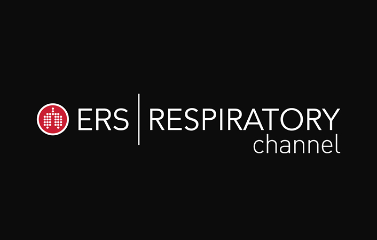All guidelines
European Respiratory Society guidelines for the Diagnosis and Management of Pulmonary Alveolar Proteinosis
Cormac McCarthy, Francesco Bonella, Marissa O'Callaghan, Clairelyne Dupin, Tiago Alfaro, Markus Fally, Raphael Borie, Ilaria Campo, Vincent Cottin, Aurelie Fabre, Matthias Griese, Alice Hadchouel, Stephane Jouneau, Maria Kokosi, Effrosyni Manali, Helmut Prosch, Bruce Trapnell, Marcel Veltkamp, Tisha Wang, Ingrid Toews, Alexander Mathioudakis, Elisabeth Bendstrup
Year:
2024
Type:
Clinical practice guidelines
Produced by:
ERS
European Respiratory Journal 2024; DOI: 10.1183/13993003.00725-2024
Abstract
Background
Pulmonary alveolar proteinosis (PAP) is a rare syndrome caused by several distinct diseases leading to progressive dyspnoea, hypoxemia, risk of respiratory failure and early death due to accumulation of proteinaceous material in the lungs. Diagnostic strategies may include computed tomography (CT) of the lungs, bronchoalveolar lavage, evaluation of antibodies against granulocyte macrophage colony stimulating factor (GM-CSF), genetic testing, and, eventually, lung biopsy. The management options are focused at removing the proteinaceous material by whole lung lavage (WLL), augmentation therapy with GM-CSF, rituximab, plasmapheresis, and lung transplantation. The presented diagnostic and management guideline aim to provide guidance to physicians managing patients with PAP.
Methods
A European Respiratory Society Task Force committee composed of clinicians, methodologists, and patients with experience in PAP developed recommendations in accordance with the ERS Handbook for Clinical Practice Guidelines and the GRADE (Grading of Recommendations, Assessment, Development and Evaluations) approach. This included a systematic review of the literature and application of the GRADE approach to assess the certainty of the evidence and strength of recommendations. The committee formulated five PICO (Patients, Intervention, Comparison, Outcomes) questions, and two narrative questions to develop specific evidence-based recommendations.
Results
The Task Force committee developed recommendations for five PICOs. These included management of PAP with WLL, GM-CSF augmentation therapy, rituximab, plasmapheresis, and lung transplantation. Also, the committee made recommendations regarding the use of GM-CSF antibody testing, diagnostic bronchoalveolar lavage (BAL) and biopsy based on narrative questions. In addition to the recommendations, the committee provided information on the hierarchy of diagnostic interventions and therapy.
Conclusions The diagnosis of PAP is based on CT and BAL cytology or lung histology, whereas diagnosis of specific PAP-causing diseases requires GM-CSF antibody testing or genetic analysis. There are several therapies including WLL and augmentation therapy with GM-CSF available to treat PAP, but supporting evidence is still limited.
Read more
Read less
Additional content

Guidelines in Focus
Webinar

ERS Congress 2024 session replay
